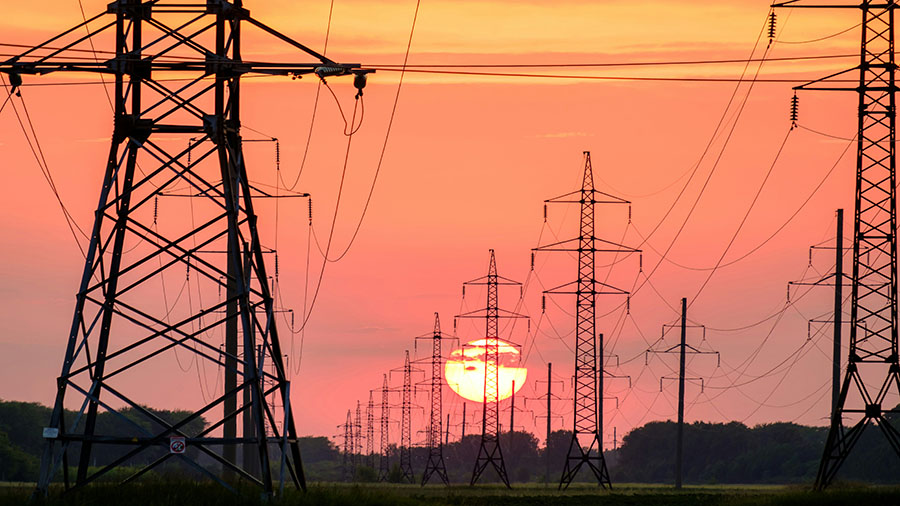The intersection of artificial intelligence (AI) and energy infrastructure is sparking a transformative wave, with startups like Grace and M13 leading the charge in modernizing power grids.
As global energy demands soar, driven by data centers and digital expansion, the need for smarter, more efficient utility systems has never been more urgent.
The Historical Struggle of Power Grids
Historically, power grids have struggled with inefficiencies, aging infrastructure, and the challenge of integrating renewable energy sources.
Decades of underinvestment have left many utilities vulnerable to outages and unable to meet the demands of a rapidly digitizing world.
AI as a Game-Changer for Utilities
Enter AI, a technology that promises to optimize grid management, predict demand spikes, and reduce energy waste through advanced algorithms.
Startups like Grace are leveraging machine learning to enhance predictive maintenance, ensuring utilities can address issues before they escalate into costly failures.
Similarly, M13 focuses on AI-driven energy distribution, helping utilities balance loads and integrate solar and wind power seamlessly.
The Broader Impact on Society
The impact of these innovations extends beyond technical upgrades, potentially lowering energy costs for consumers and supporting climate goals by reducing carbon footprints.
Moreover, as AI data centers continue to strain grids—projected to increase U.S. power consumption by 22% by the end of 2025, according to recent reports—these solutions are critical to maintaining grid stability.
Looking to the Future of Energy
Looking ahead, the collaboration between AI startups and utilities could redefine energy infrastructure, paving the way for smart grids that adapt in real-time to changing conditions.
Investments in this sector, such as National Grid Partners’ $100 million commitment to AI energy startups, signal strong confidence in the future of these technologies.
Ultimately, the work of companies like Grace and M13 could ensure a more resilient, sustainable, and efficient energy landscape for generations to come.


 Alfred Lee
Alfred Lee






